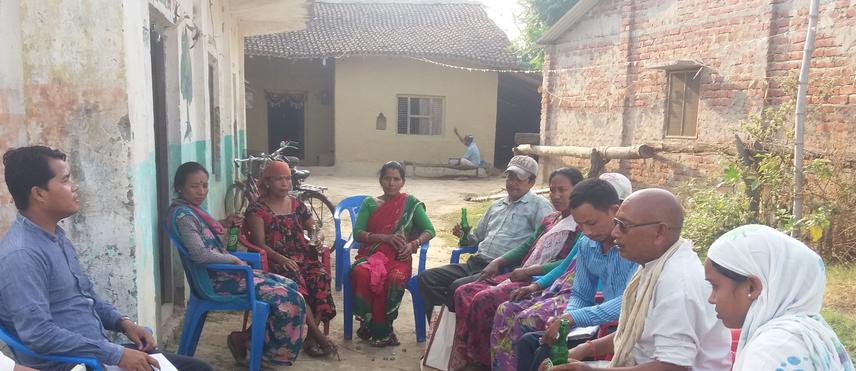Dol Raj Thanet
Other projects
22 Jan 2009
Biodiversity Conservation for the People by the People: Awareness Raising and Capacity Building Project in the Buffer Zone of Chitwan National Park
8 Mar 2018
Understanding Human-Tiger Interactions: Implication for Human-Tiger Conflict Mitigation in Chitwan National Park, Nepal
This project aims to build positive attitudes among local communities towards tiger conservation, and also local people will be persuaded in conservation by demonstrating the direct linkage between conservation and welfare of local communities with direct benefits which they can derive through their participation in conservation.

This project has been chosen aiming to build positive attitudes towards tiger conservation. In this, people will be persuaded in conservation by demonstrating the direct linkage between conservation and welfare of local communities with direct benefits they can derive through their participation in conservation. Importance of live tigers and other wildlife species in their livelihood will be explicitly demonstrated through various alternative income generation activities and the benefit that they are deriving from eco-tourism and buffer zone regulations.
Besides, piloting livestock insurance scheme, livestock development and livelihood promotion programs (direct benefits from conservation) also generate positive attitude on the surrounding communities towards conservation of this charismatic species and make them self dependent to solve these issues at their community level, which boost up long lasting contribution to biodiversity conservation in the project site. This project will help to develop community-based tiger conservation as well as site-specific human tiger conflict mitigation plans and provide justification of – “community based conservation approach has no other alternative for the continued existence of these flagship species”. This project will also facilitate the management partnership between the park officials and the local users groups to address the conflict situations. This will also try to strengthen positive relations between local villagers, forest managers, and of course, the tigers; and finally reduce human pressure on park resources.
The project will be implemented in close coordination with park headquarter, buffer zone management committees, local NGOs and local people of the project area.